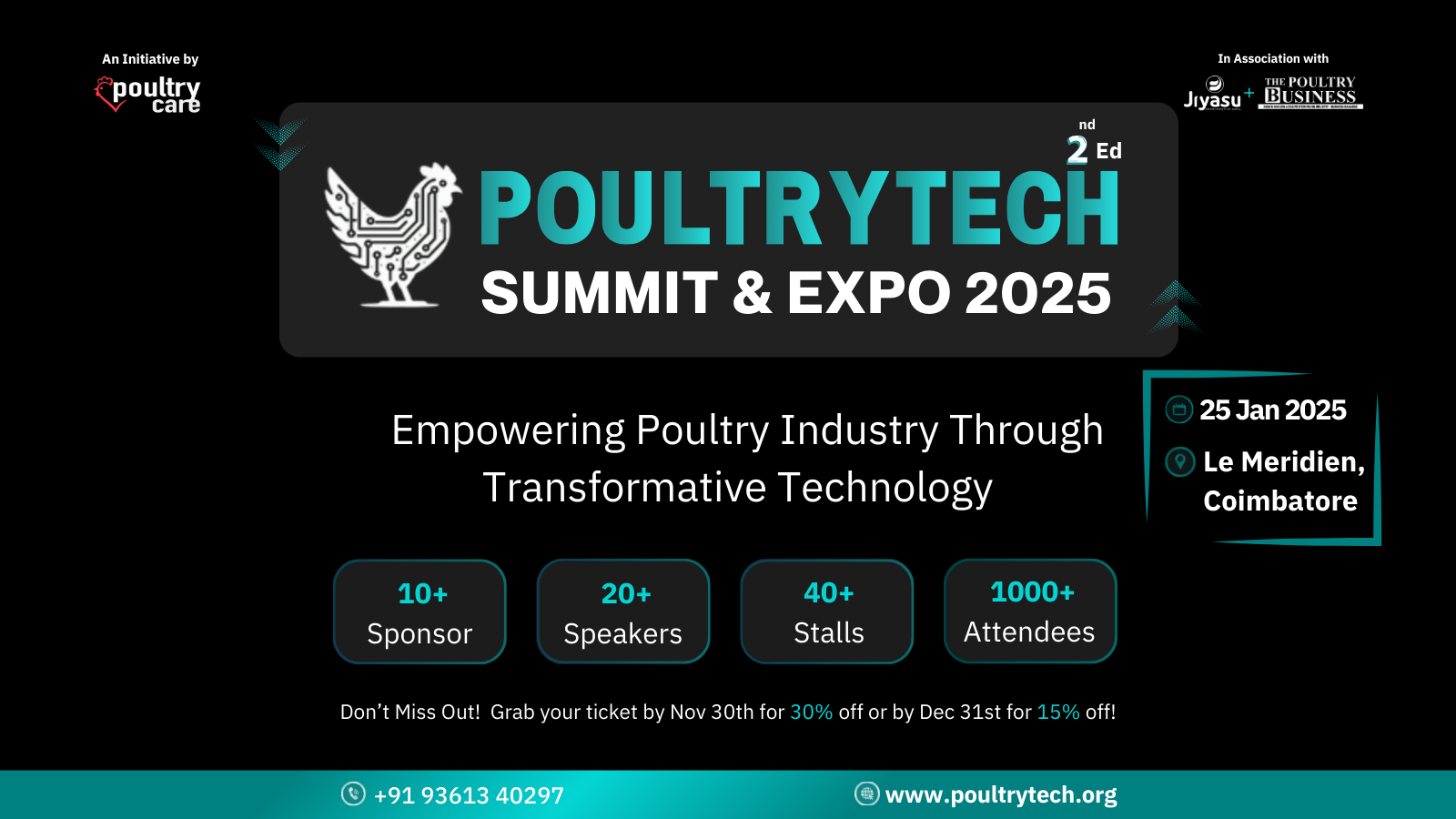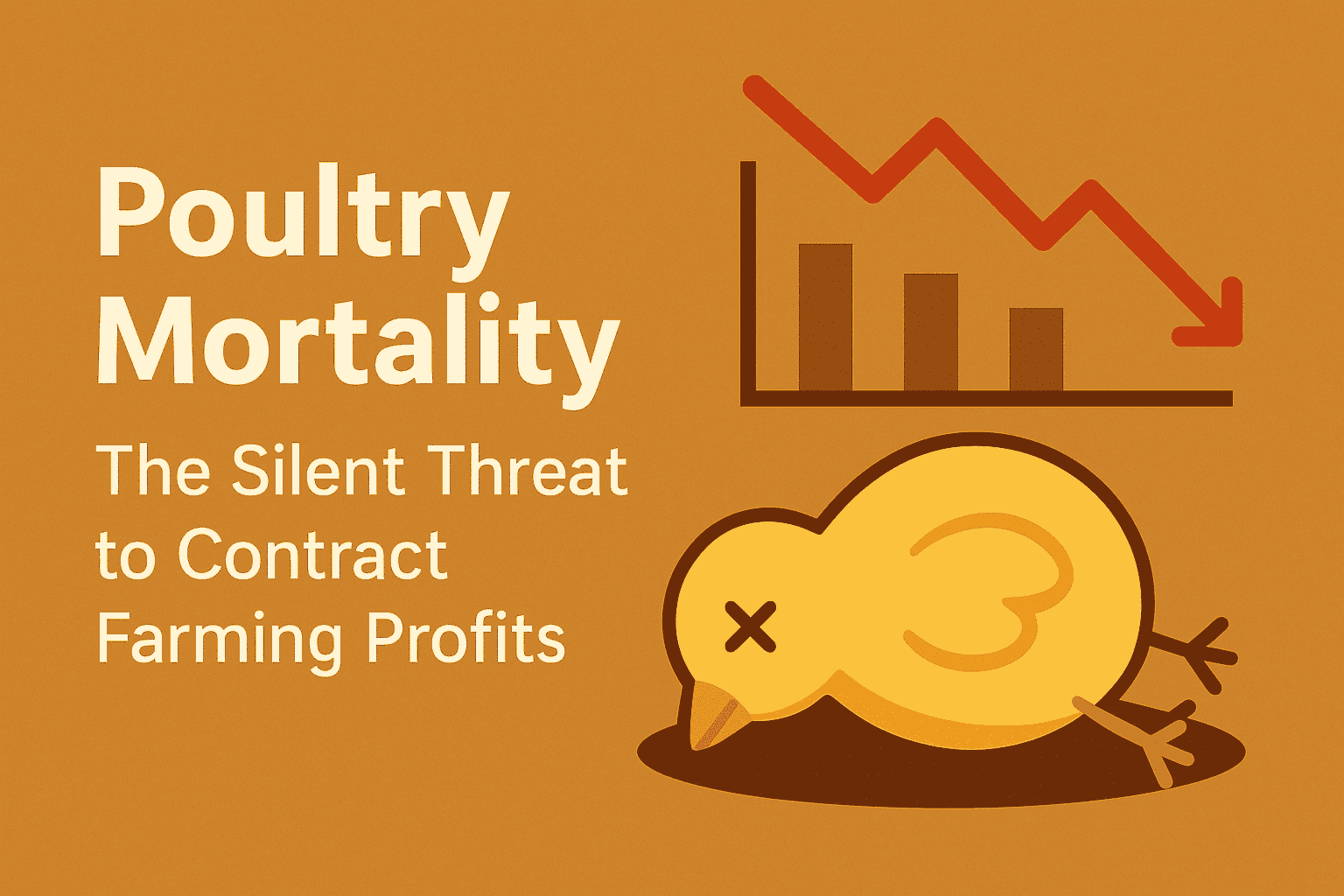In a busy poultry operation, things can move fast. Birds are growing on one side, feed mills are running on another, and processing plants are always waiting. But if all these parts are not aligned, even the best efforts can go to waste. One of the most overlooked but powerful practices in poultry operations is birds allotment based on processing requirements.
Many farms send birds to processing centers based on urgency or availability of transport. But when the birds being sent do not match the plant’s ability to process them, it creates a lot of confusion. Birds wait longer, plant teams work under pressure, feed supply gets disrupted, and the overall system slows down.
When birds allotment is done with a clear plan, based on the size of the birds and the capacity of the processing units, things begin to flow in a better way. This helps every unit in the supply chain stay ahead and ready.
What Happens When Birds Are Sent Without Planning
When there is no clear plan for which bird batches go where, several problems start happening quietly. Some plants may get too many birds while others stay underused. Processing teams face pressure trying to manage birds beyond their handling ability. Workers may get tired, mistakes increase, and equipment can break down more often.
At the same time, feed mill operations also get disturbed. Since feed supply is often tied to the processing schedule, unplanned bird movement leads to feed shortages or leftover stock. This impacts not just cost but also bird health and weight.
Transport arrangements become messy. Trucks may return half loaded or wait for longer times. Drivers get frustrated, and delivery timelines fall apart. Over time, these small problems grow into bigger losses.
How Processing Wise Allotment Helps Bring Order
The idea of processing wise allotment is to send birds to each processing plant based on what that plant can handle. This means taking into account the size and weight of the birds, the processing plant’s daily working capacity, and the required output for the day.
With this plan, each processing plant gets birds that match their schedule. There is no overload, no stress, and everything moves in a rhythm. Processing teams are prepared in advance. They know what to expect and can plan their manpower and machine usage better.
This order helps reduce bird waiting time. It protects bird welfare. And it ensures that the entire operation functions like a well-oiled machine.
How Feed Mill Planning Connects to Birds Allotment
Many farmers and mill managers treat feed mill work as separate from bird movement. But in reality, both are deeply connected. When the feed mill knows how many birds are going where and when, it can plan batches better. It avoids overproduction and underfeeding.
Stock planning becomes sharper. Feed gets delivered right on time. Nutrition stays consistent. Birds grow evenly. All of this depends on knowing what is happening at the processing side.
When birds are allotted correctly, the feed mill gains predictability. This helps in reducing waste, improving performance, and even lowering transport costs. Feed mill workers also feel less pressure because their work becomes more predictable.
Building a Simple and Consistent Allotment Routine
A good allotment process does not need complicated tools. It starts with regular communication. Farm managers and processing unit heads must talk each morning. They should share details about bird readiness, plant availability, and any special conditions for the day.
Once birds are allotted, share this plan with feed mill staff and transport coordinators. Everyone should know what is going where. Write this plan on boards. Share it in team meetings. The clearer the plan, the smoother the day.
Train your staff to notice and report any mismatches. Did more birds arrive than expected. Did the weight not match. These small checks help keep things under control.
Over time, this routine becomes second nature. Everyone begins to work with more confidence. Mistakes reduce. Delays disappear.
How Trust Builds with Better Allotment Practices
When processing units get the right birds on time, they start trusting the farm more. Feed mill workers also begin to feel that their efforts are part of a bigger plan. Transporters know their time is valued. And most importantly, bird welfare is protected.
Trust grows across the chain. This leads to fewer complaints, smoother billing, and better teamwork. Growers also notice the results. Birds gain better weight. Feed consumption is optimized. And income becomes more predictable.
This kind of trust does not happen by accident. It is built through small daily efforts like allotment planning.
Final Thoughts on Making Bird Movement More Meaningful
Birds allotment may sound like a small step in a large poultry operation. But in reality, it is the glue that connects feed mills, farms, and processing units. When handled with care, it brings calm to chaos.
It protects your birds. It respects your team’s time. And it strengthens the entire poultry system from the inside out.
If your farm or feed mill is facing delays, mismatches, or stress during bird movement, this is the right time to adopt a better allotment practice. Start small. Stay consistent. And let the results speak for themselves.




